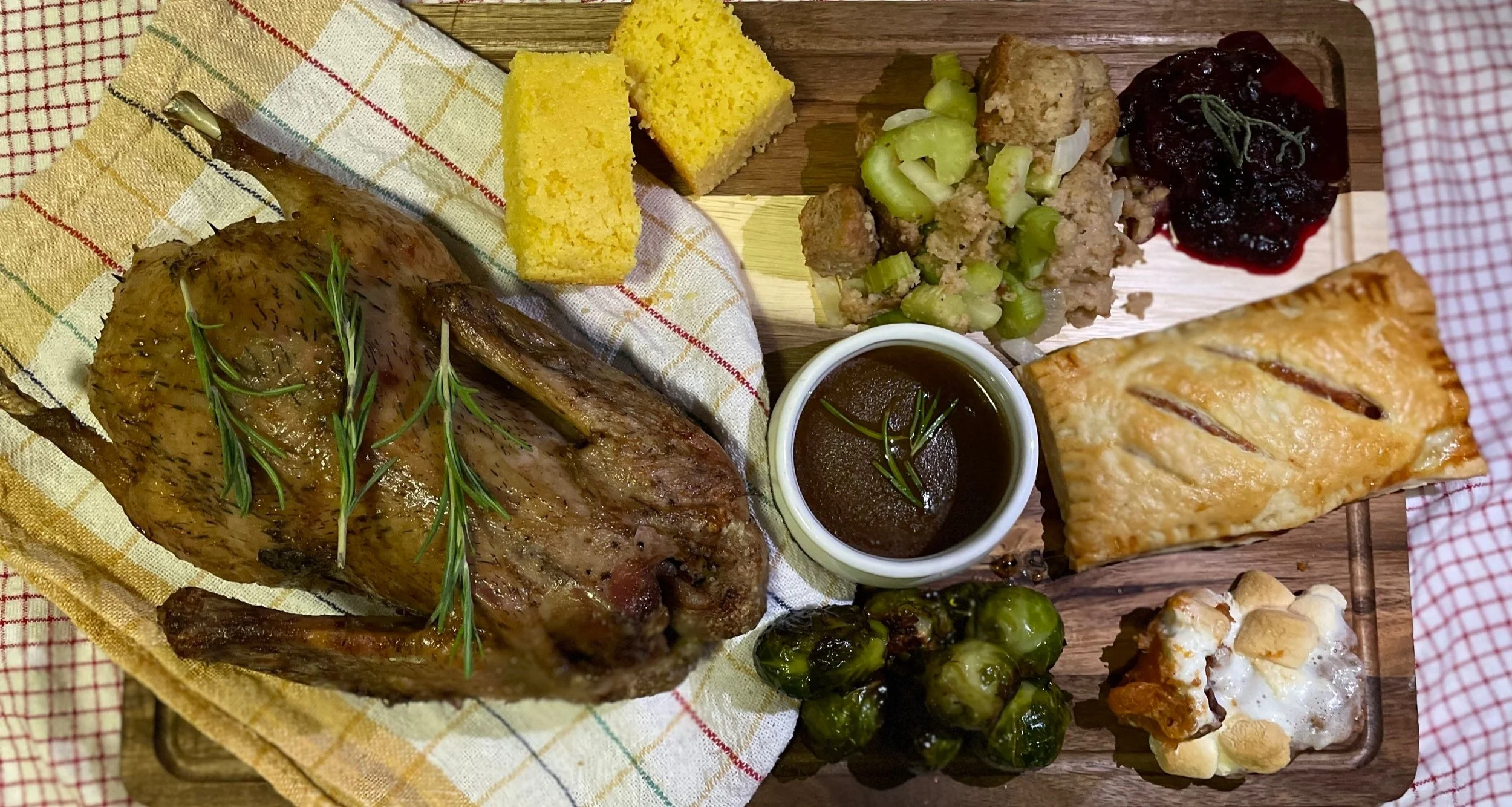Freedom for the Birds: Pardoning Turkeys
Imagine this duck is a turkey. Its Thanksgiving so family is all that matters anyways, right?
Growing up, I was always told that the presidential pardoning of a turkey was a long-held American tradition. This made total sense. After all, Benjamin Franklin wrote how a turkey would be more respectable than a bald eagle as a bird of courage. Turkeys are also native to north america and were likely eaten by Native Americans and immigrants alike.
It turns out that the first legitimate presidential pardon of a turkey was in 1989 by President George H. W. Bush. This American tradition is younger than Daniel Radcliff and only a month older than Taylor Swift.
This realization gobbled my attention and sent me on a trot to learn more about this tradition.
The tradition of a turkey being saved by a president traces its roots to the Abraham Lincoln administration in 1863 in December. Just a few months before, also in 1863, Abraham Lincoln proclaimed Thanksgiving as a national holiday, which the Confederate States of America refused. The Lincolns received a tom turkey named “Jack” which was to become a Christmas dinner, but when honest Abe went to tell Tad, his son and only child living in the White House at the time, that the turkey would no longer be a pet, Tad argued that the turkey did nothing wrong and deserved to live. In 1864, Abraham Lincoln saw Jack standing in line with soldiers to vote with Tad joking that Jack wasn’t old enough to vote yet. Five months after this sighting, Abraham Lincoln was assassinated.
In 1870, a farmer from Rhode Island by the name of Horace Vose began to send turkeys as gifts to the presidential family. For the most part, these turkeys were not eaten, but the marketing power that came from being the farmer that gave turkeys to the president kept this action as an annual campaign. Come 1914, Vose had died and turkeys had become a regular gift for presidents. Some communities gifted turkeys decked out in the latest fashion while others were sent in decorated cages. The turkey had become a symbol of national pride and thankfulness as Benjamin Franklin would have appreciated.
Some credit the pardoning of a turkey to President Harry S Truman which most of the Truman organizations disagree with. Truman, in 1947, encouraged “Poultryless Thursdays” which, of course, led to protests such as when farmers sent hundreds of chickens to Truman. This also was stemmed from Thanksgiving, Christmas, and New Year’s Day all falling on Thursdays in 1947. Just before Thanksgiving, Truman overturned his proclamation and the US poultry industry send more birds as gifts.
In the following years, from Kennedy to Nixon, sporadic gifts of turkeys were given to the presidential family by the American poultry industry with the gifts ending up on farms or in zoos. In 1981 the gifts picked up to an annual tradition. Finally, in 1989, facing pressure from animal rights protesters outside the fences of the White House, President George H.W. Bush granted a formal presidential pardon to the turkey standing on the table in front of him with an unsettling fear in his eyes.
Today, pardoned turkeys find homes on farms, in petting zoos, or at universities with veterinary programs. This is particularly humurous to poultry-as-pets enthusiasts since most turkeys seen on farms are herritage turkeys which are completely different birds than those eaten or pardoned. While domesticated turkeys can live up to 10 years, the types of turkeys that we eat has a lifespan of just 3-5 years.
So, when you belch and fall into your Tryptophan induced food coma after eating too much turkey at Thanksgiving, maybe you can be pardoned too!

